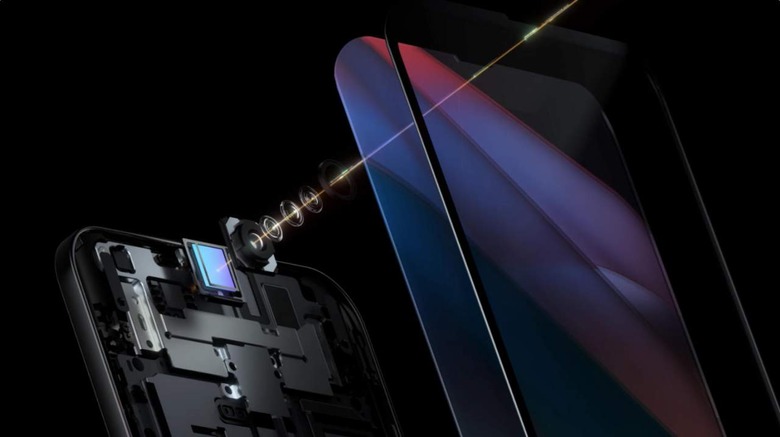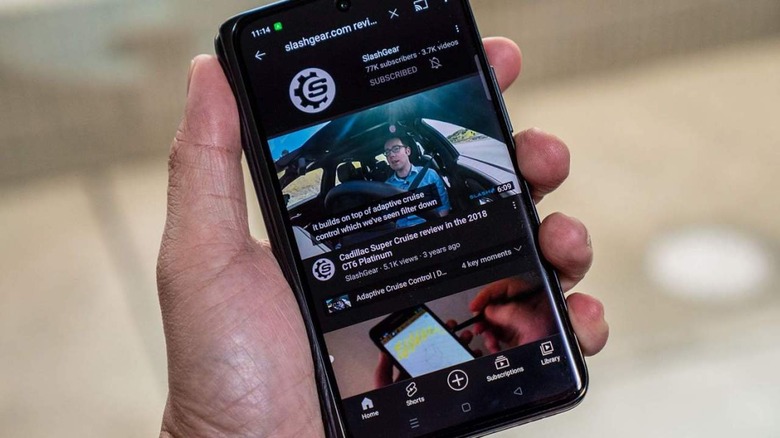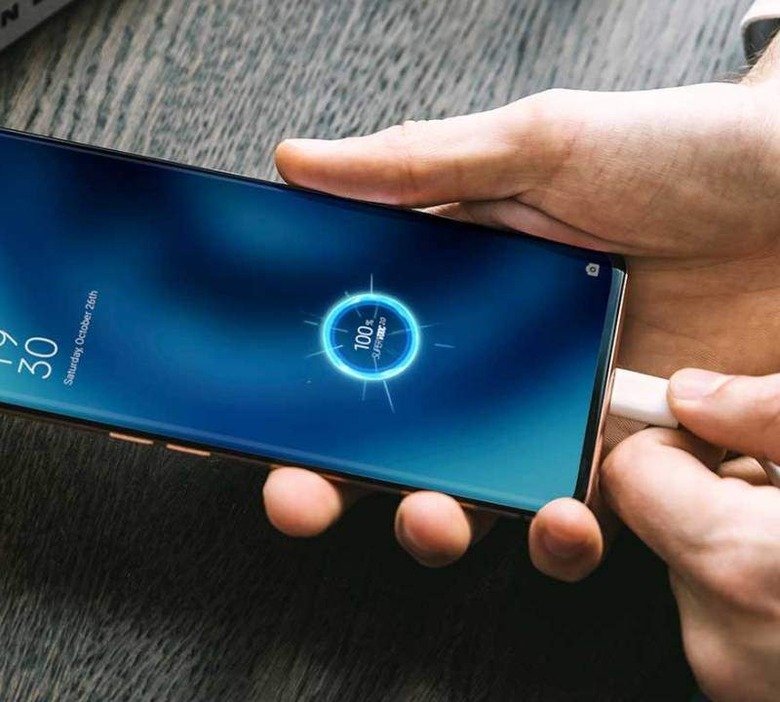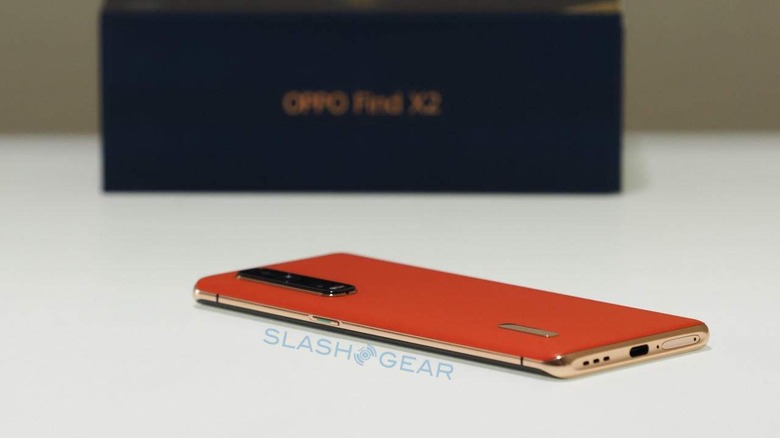The 5 Best And 5 Worst Things About OPPO Smartphones
The smartphone market is saturated and innovation is the key for each manufacturer to stand out in the competition. Besides Apple and Samsung, Chinese OEMs have been at the forefront of innovation, and one of them is OPPO, which is leading the charge with innovations in optics and fast charging technologies. In its dedicated approach, through the years, OPPO has been ahead of the curve owing to its focus on R&D and commitment to excellence, which has especially found brand loyalists in millennials and young adults.
Despite this progressive image, not all is as exciting as meets the eye. Just like the other manufacturers, OPPO also cuts corners after all the innovative and consumer-centric methods in its assembly lines. Therefore, before committing to an OPPO smartphone you must weigh the following pros and cons and then make an informed decision.
5. Pro: Earnest brand name
As a company that started off its technology journey with manufacturing machines that played Blu-rays and digital MP3s, OPPO has come a long way. It is now a regular feature in the top five biggest smartphone developers globally (via: Counterpoint), this without a stake in the US market. After making a strong footing in the home market, OPPO made immense inroads in India to become a regular in the top five biggest smartphone sellers in the nation (via: IDC).
Having aced the Asian market, OPPO's journey continues to be extraordinary. It's now making its presence internationally, offering customers in Australia, UK, and Europe great handsets that boast innovative features and stable hardware, software integration. OPPO has built an image where the brand's stylish phones, impressive cameras, and fast charging options make them a popular choice for customers longing for feature-rich phones at a reasonable price.
4. Pro: Impressive optics is a forte
Known best for its innovation in mobile imaging sensors, OPPO has pioneered numerous camera technologies. To its credit is the first-ever under-screen camera, motorized camera (OPPO N1, shown in the video below), AI-beautification feature, and even 10x hybrid zoom camera. In the market where being different is hard to achieve, OPPO has managed to deliver customers a different flavor with its mobile cameras.
The Chinese OEM has never shied away from being vocal; from telling consumers about its camera capabilities to "Capture the Real You." This approach has propelled OPPO into a space where it has cut out a niche for itself that it is growing with its consistent bent for innovation.
OPPO has developed mid-range smartphones with camera capabilities to match that of the flagships, and the company continues to innovate at an accelerating pace. Latest in the direction is the company's MariSilicon X chip that separates the tasks of an ISP (image signal processor) and an NPU (neural processing unit) from the SoC to enhance the camera's AI abilities, better handle RBGW colors, process RAW images in real-time, and do a lot more to help improve on OPPO phone cameras significantly.
3. Pro: Knows customers well
Long battery life and good processor have been the most desired smartphone features but the growing fad – in young adults – for documenting their lives on social media platforms has propelled better camera as the third most important feature to determine smartphone selection. This is why mobile camera innovation is a prime focus for OPPO.
The company understands its target customers and with young adults in focus, its budget and mid-range smartphones pack excellent cameras – at times with gimmicky features – to lure the Instagram and Snapchat population. This approach is visible through the company's aggressive marketing strategy as well; its campaigns are very focused on the requirements of the youth and millennials, particularly the selfie and social media obsessed.
With its claims of being the "Selfie Expert" and offering cameras to "Capture the Real You," OPPO is a go-to brand for young adults. Undeniably, all brands have an excessive focus on mobile cameras, but it wouldn't be an exaggeration to say, OPPO has excelled in the department with best-in-class sensors on mid-range and affordable smartphones.
2. Pro: Despite odds, has specifically chosen market
Combining excellent cameras, impressive specifications, and good battery backup, OPPO smartphones are cut out for youngsters. Thus, markets with a higher youth population are its primary target, and its ranking in the big five smartphone producers in India (one of the youngest populations) suggests, it is doing many things correctly (via: Business Standard). Though the US is a very attractive market for OPPO, the company has managed to grow leaps and bounds without an entry into the American shore.
OPPO believes, United States is the toughest market to break into, owning to the network operators there, who command 90 percent of market share and have specific requirements from phone manufacturers. The Chinese brand is unwilling to commit to it, either for its own cause or to ease competition for OnePlus (its sister concern) that enjoys good relations with carriers in the US.
OPPO instead has a deep penetration in Asia – right from Japan to India, and from China to the Philippines. The company since 2019 is more focused on Australia, UK, Africa and Europe and is constantly expanding business in these markets now.
1. Pro: Ahead in the design race
OPPO is not only about camera innovations; in fact, the company lays substantial focus on imagining new designs and the future of smartphone form factors. Its never-ending quest for innovation, to offer affordable technology to a larger userbase, reflects in over 65,000 patents the company has to its name.
OPPO does not specialize in manufacturing processors or displays, yet many of these patents have walked over in form of an ultra-thin smartphone, a rollable phone design, and now even as a worthy foldable phone. The company is matching competition in all innovations and is staying ahead of the curve by playing well with its biggest forte.
5. Con: The fast-charging peril
With the growing popularity of gaming and video apps that consume batteries quicker, the race to fast charge mobile batteries has reached a new high. The Chinese OEMs including OPPO have been at the forefront of this innovation, which focuses on features like 125W charging speeds. Though there is no harm in topping up phone batteries in under 20 minutes in many cases, there are instances of such fast charging speeds degrading the battery at a faster pace.
OPPO claims its VOOC Flash Charing is reliable and incredibly quick, but such volatile speeds do have their perils. Charging speeds of up to 65W may still make sense in comparison to 100W plus gushes of power which are bound to strain the onboard batteries more than expected.
4. Con: ColorOS as an experience
Running each OPPO smartphone is the brand's own version of Android: ColorOS. Software is a big part of the overall phone experience, but this Android skin revamps the entire stock Android feel and features. This unique experience is immensely personal for many customers, but for someone trying to make a leap from a different brand, it is pretty polarizing as the overall look and feel is different from traditional Android. The OS skin provides users a lot of customization options through easy-to-use applications to make the OPPO phone feel more personal, but this comes at a cost of bloatware, stability, and inconsistent updates.
The software experience on OPPO phones is likely to change as the brand has signed up to work closely with OnePlus to likely create a new Android skin that should eventually replace ColorOS and OxygenOS. At least then we hope the experience with OPPO phones will be closer to stock Android, but for now, the stability issues that OnePlus customers are citing, the situation isn't really in control as the transition happens.
3. Con: Little check on cost inflation
Advertising and campaigning hard is OPPO's DNA. The brand campaigns rigorously for the littlest of modernization. At times it's imperative but the claims like "best selfie camera" and a few others, are only stratagem. Huge advertising, in OPPO's case, ultimately quite likely translates into higher smartphone prices. OPPO has managed to keep the entry-level market from this shadow of price hike, but if you want to buy a high-spec OPPO phone, your pocket should be deep.
Moreover, the OPPO phones are higher priced than the competition because the company lacks an in-house processor. This means OPPO has to rely heavily on semiconductor suppliers like MediaTek or Qualcomm for chipsets to power its phones. The Chinese company, like many of its compatriots, is reportedly working on its own in-house processor. The supposed chipset based on the 3nm chip manufacturing process is to be developed in association with TSMC and is expected to debut in 2023 or 2024.
2. Con: A conned approach
The cluttered smartphone industry is a cruel one. Aspects of fair play are often smashed out of the park and no single name is to be blamed, it's a collective approach. In that accord, questionable smartphone marketing has been a reported issue ever since the inception of smartphones. Benchmark cheating is certainly part of this arena of issues, and OPPO has a bit of a tarnished name in the category.
There is no problem with this if users don't notice any performance-related complications and companies don't advertise the effects made possible by cheating. OPPO has not always been transparent about its approach of limiting power at the user's disposal, and that's something that needs a change.
1. Con: Dubious update policy
In comparison with Apple that promises up to five years of OS support, the Android update ecosystem system is not very robust. Outside of Google and lately Samsung, which is offering three years of OS and four years of security updates; no other manufacturer excels in this space. OPPO's software policy confirms that the company will offer three years of OS updates, but this claim is pretty dubious. This privilege only extends to select flagship models but the firm has only 2 year or single update policy for mid-tier and budget phones.
OPPO's idea of trying to copy Samsung's approach to increasing support for a range of devices is more of a publicity stunt than real value for customers. More consistent and longer Android update support should be a prime agenda for companies since people now hold their phones for longer and should therefore have a clearer policy from brands specifying how long their handset should feel nice and up to date.
Wrap up
OPPO hasn't quite been able to overpower the Chinese brand image like Xiaomi or even OnePlus have done for themselves. The brand is still undercutting the competition with sales of budget and mid-range phones in the emerging markets, such as Africa where it sells over 90 percent of its smartphones for under $400 (via: Statista). Despite this, OPPO continues to grow.
OPPO has become one of the fast-selling brands with young adults around the globe as its primary customers. This approach to tap a particular market segment has helped cement the firm's image as a genuine and reliable smartphone company, a company that'll likely continue to expand for many years to come.






